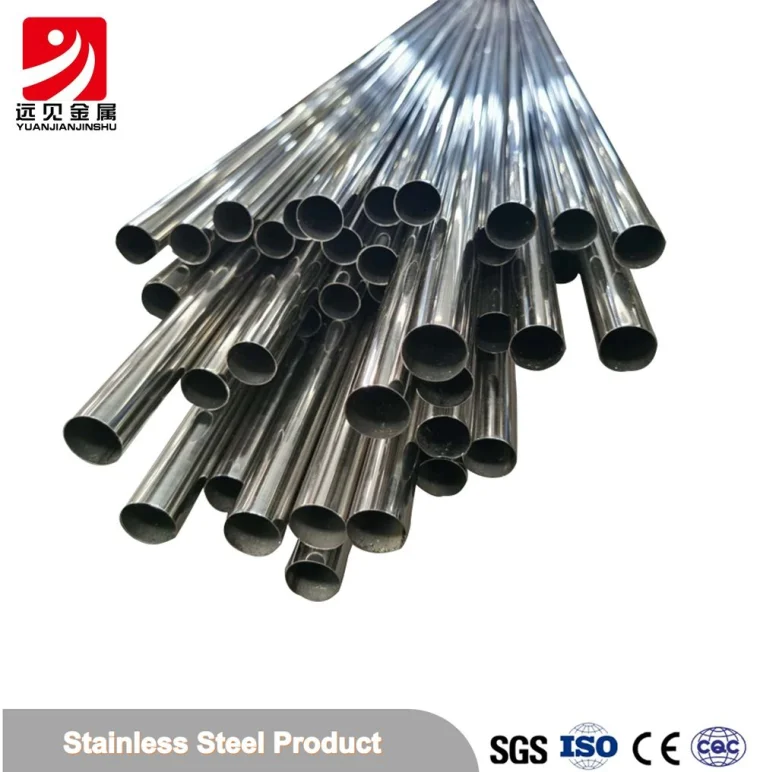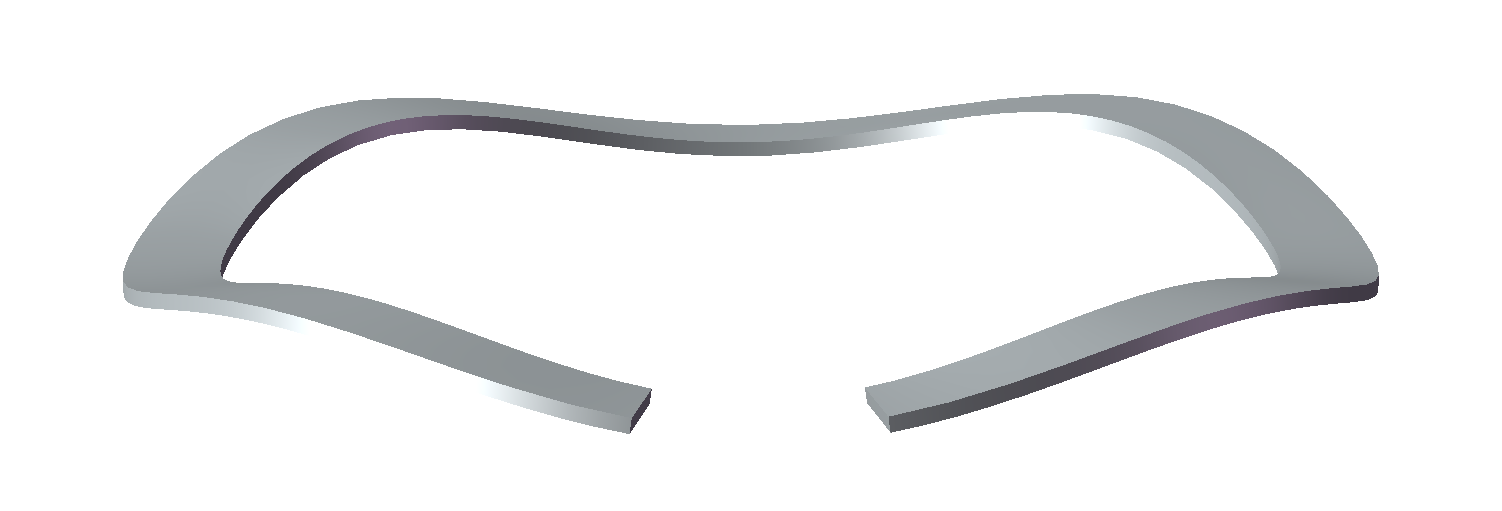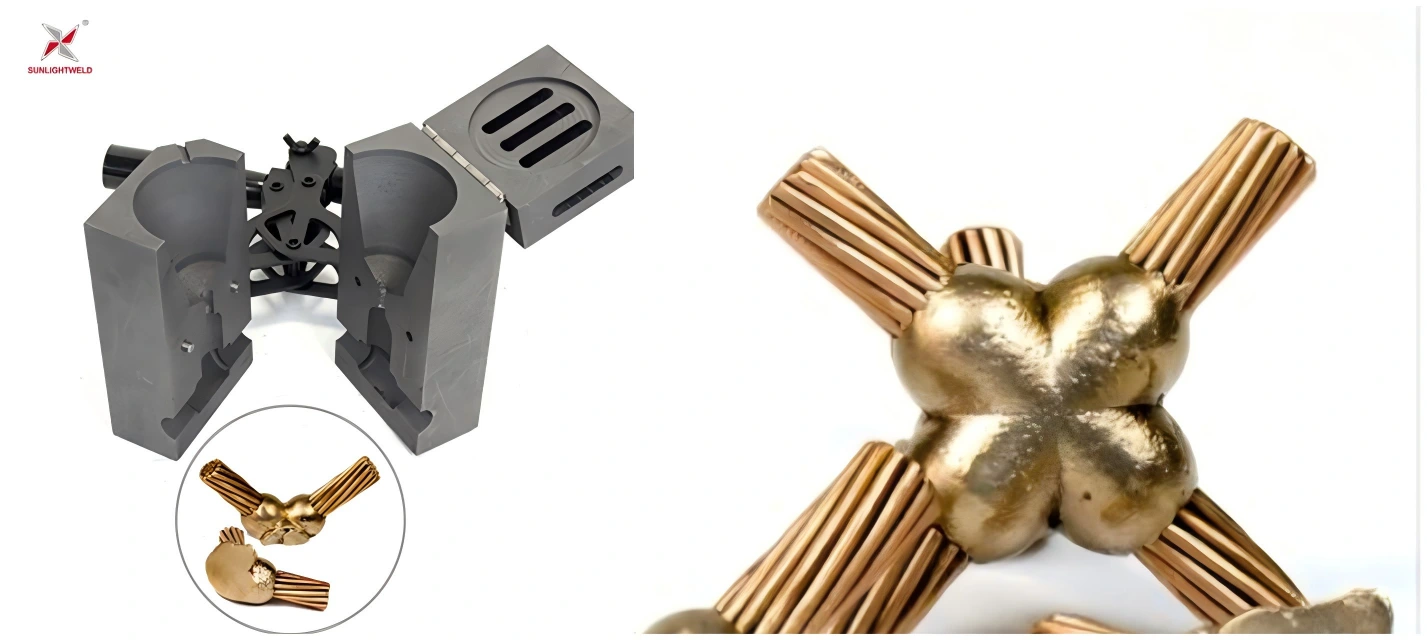In the era of technological advancements, the Internet of Things (IoT) and smart home concepts have gained significant attention. While they may seem similar, there are crucial distinctions between the two. This blog post aims to explore and elucidate the dissimilarities, providing a comprehensive understanding of IoT and smart home technologies.
- Defining IoT and Smart Home:
The Internet of Things (IoT) refers to a network of interconnected devices that communicate and exchange data with each other, enabling them to perform tasks autonomously. On the other hand, a smart home is a residence equipped with various devices and systems that can be controlled remotely, enhancing convenience, security, and energy efficiency. - Scope and Connectivity:
IoT encompasses a broader spectrum, extending beyond the confines of a single home. It connects devices, sensors, and systems across various industries, such as healthcare, transportation, and agriculture. In contrast, a smart home focuses solely on integrating devices within a residential setting, enabling seamless control and automation. - Interoperability and Integration:
One key distinction lies in the interoperability and integration capabilities of IoT and smart home technologies. IoT emphasizes the seamless communication and data exchange between different devices, regardless of their manufacturers or protocols. In contrast, a smart home primarily relies on devices that are specifically designed to work together, ensuring compatibility and smooth integration. - Data Processing and Analytics:
IoT places significant emphasis on data processing and analytics. With a vast amount of data generated by interconnected devices, IoT systems employ advanced analytics techniques, such as machine learning and artificial intelligence, to derive valuable insights. In contrast, while smart homes also generate data, the focus is more on immediate control and automation rather than extensive data analysis. - Scalability and Flexibility:
IoT exhibits greater scalability and flexibility compared to smart homes. As IoT encompasses a wide range of industries and applications, it can be easily scaled up or down to accommodate diverse requirements. Smart homes, however, are limited to residential settings and may have constraints in terms of scalability and adaptability to different environments.
Conclusion:
In conclusion, while IoT and smart home technologies share some similarities, their distinctions are significant. IoT is a vast network of interconnected devices across industries, emphasizing interoperability, data analytics, and scalability. On the other hand, a smart home focuses on integrating devices within a residential setting, prioritizing convenience, control, and automation. Understanding these differences is crucial for individuals and businesses seeking to leverage the potential of these technologies.




